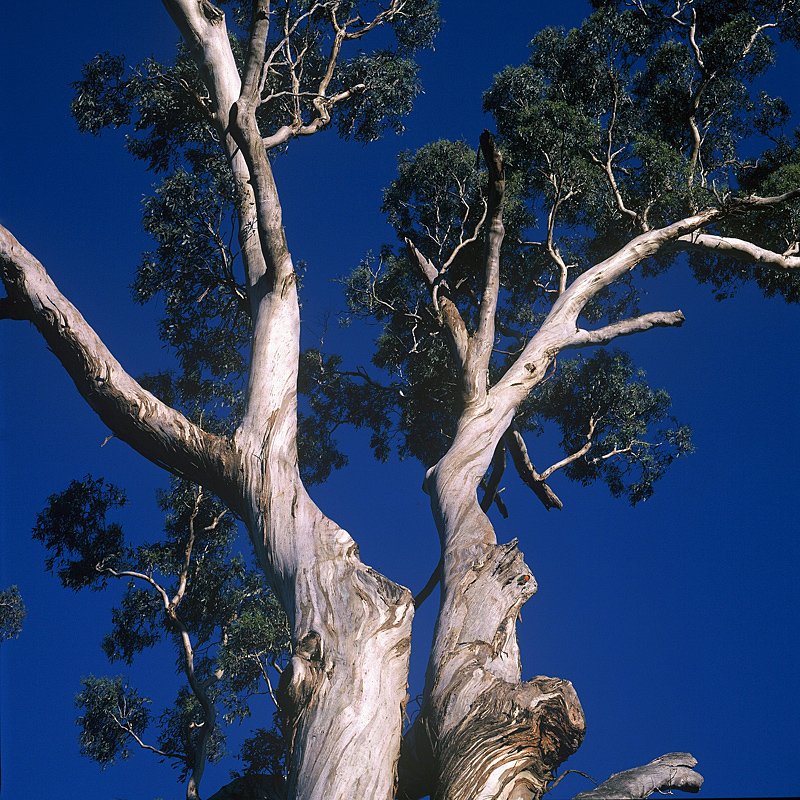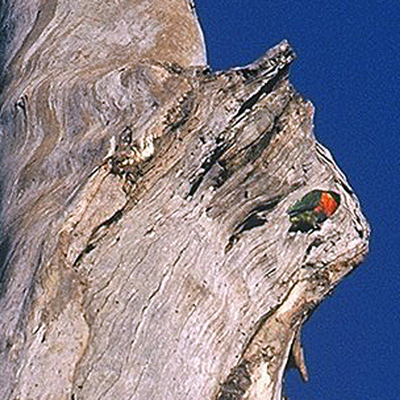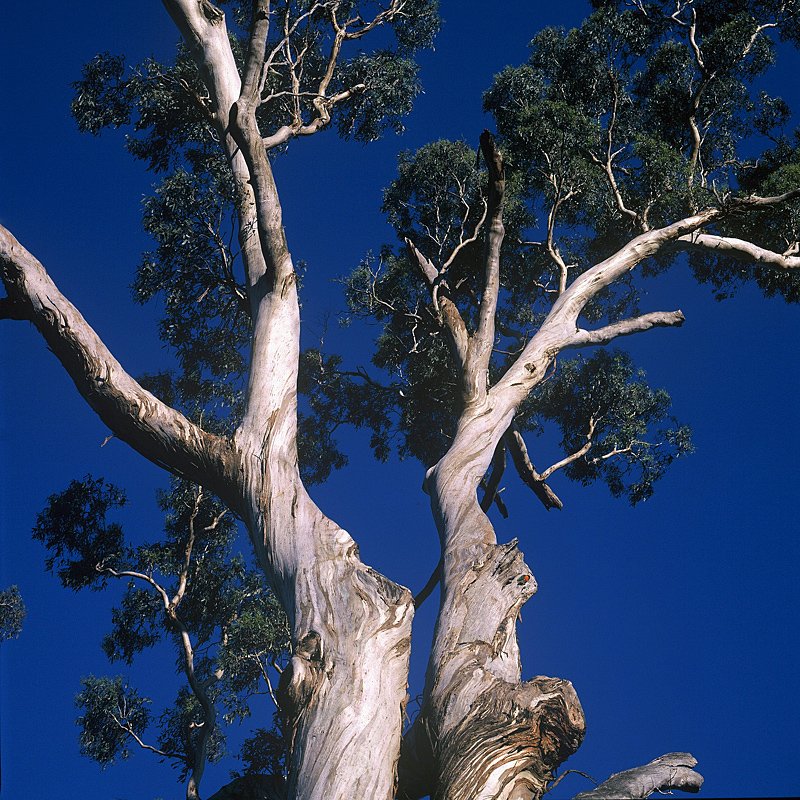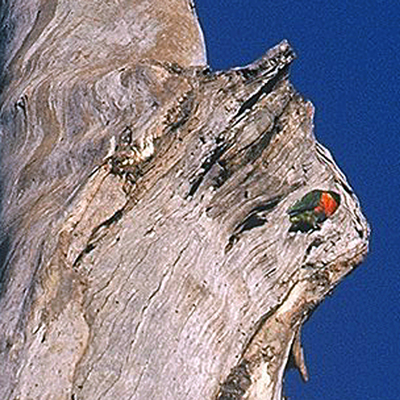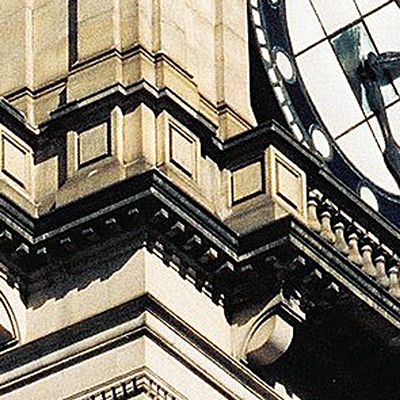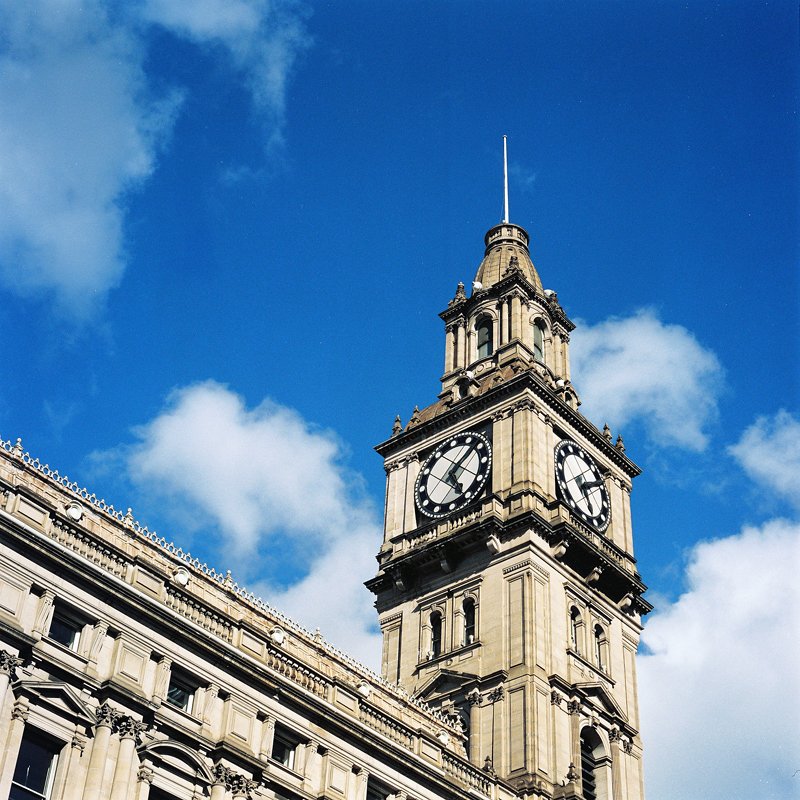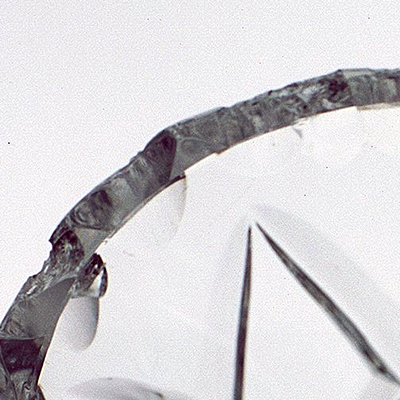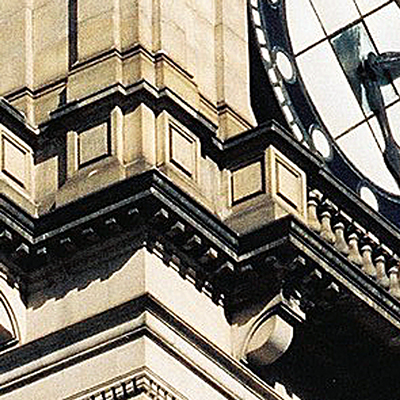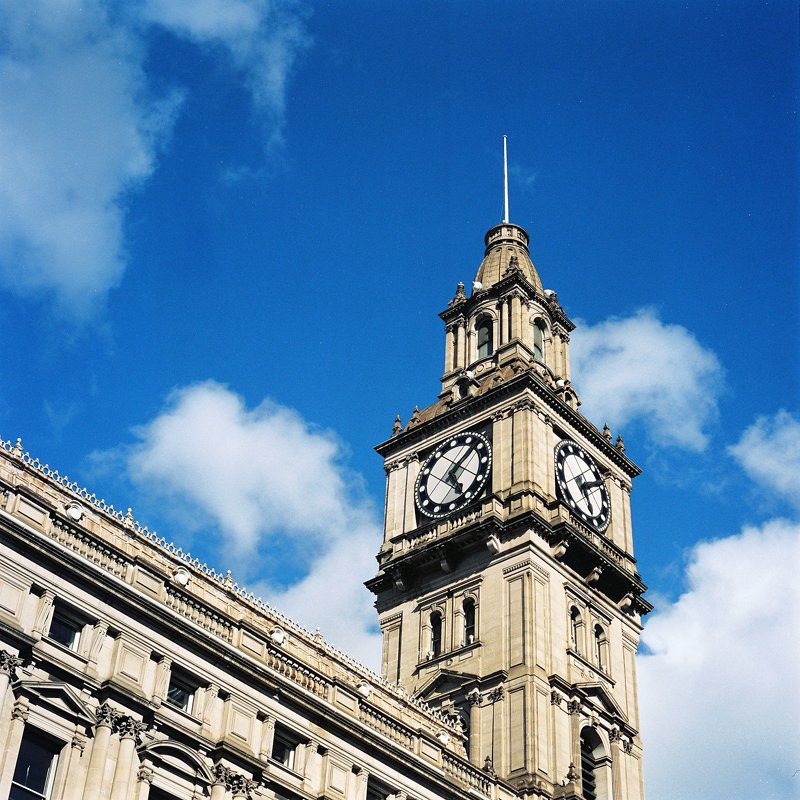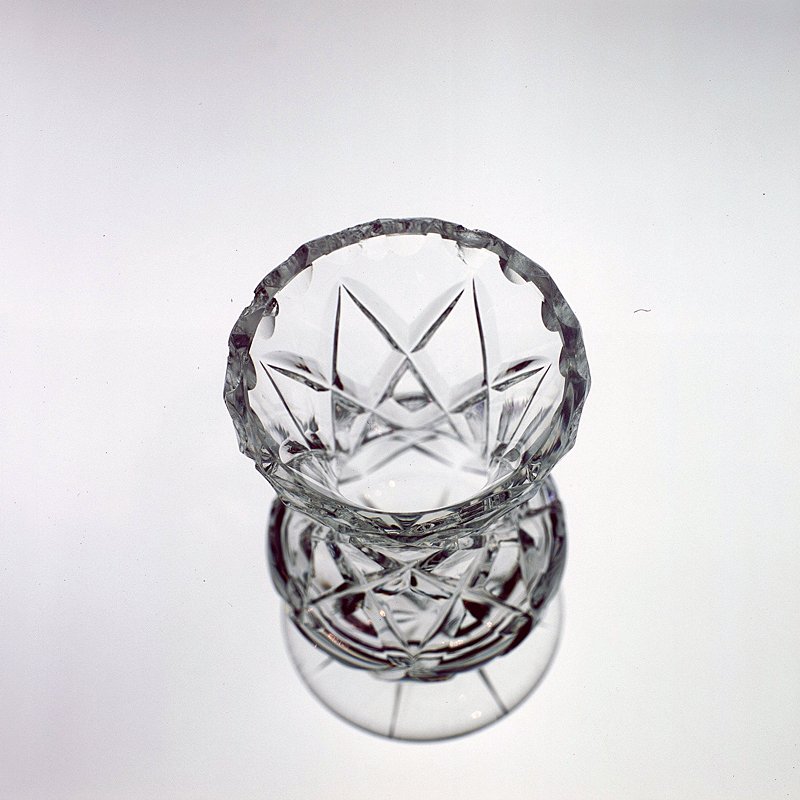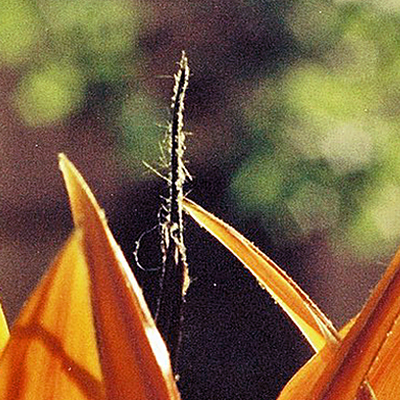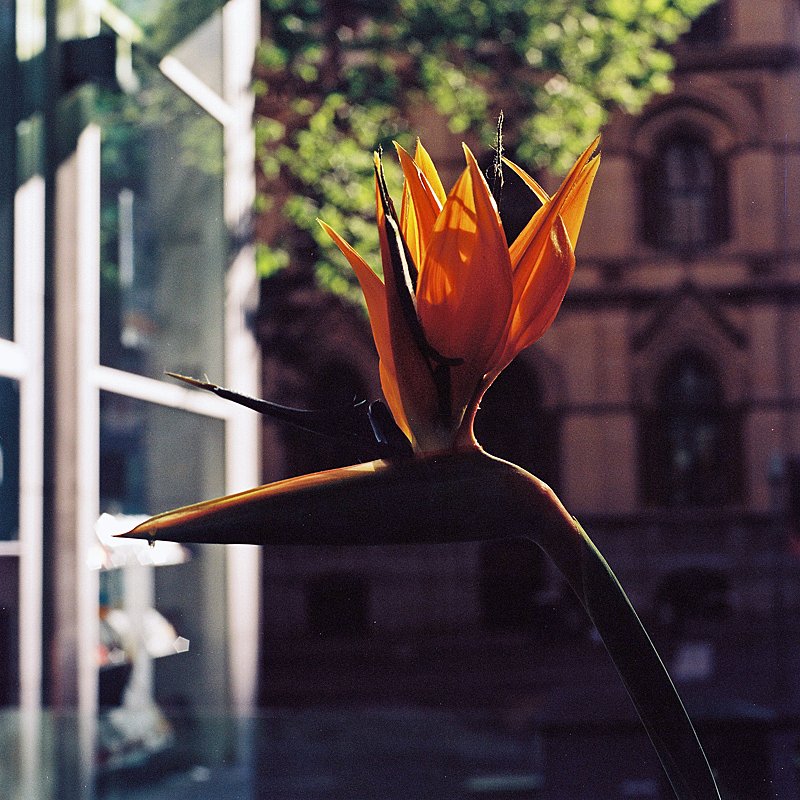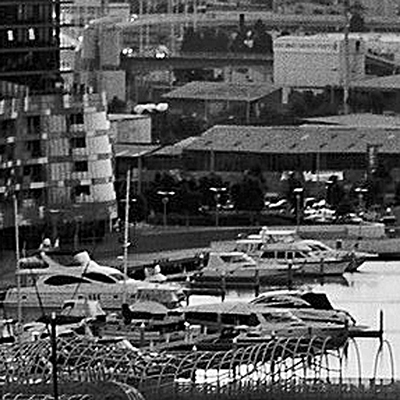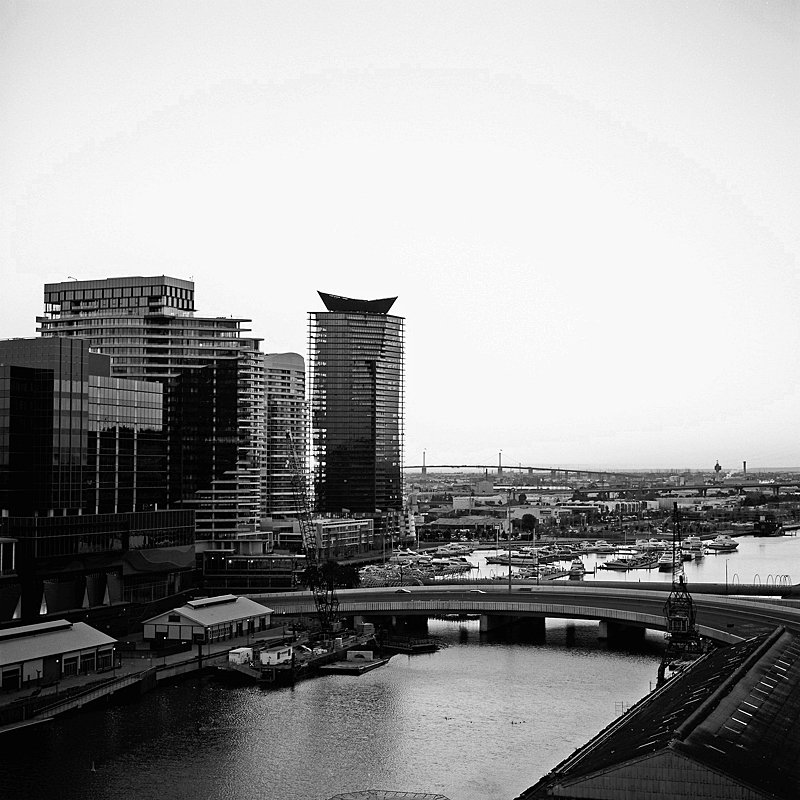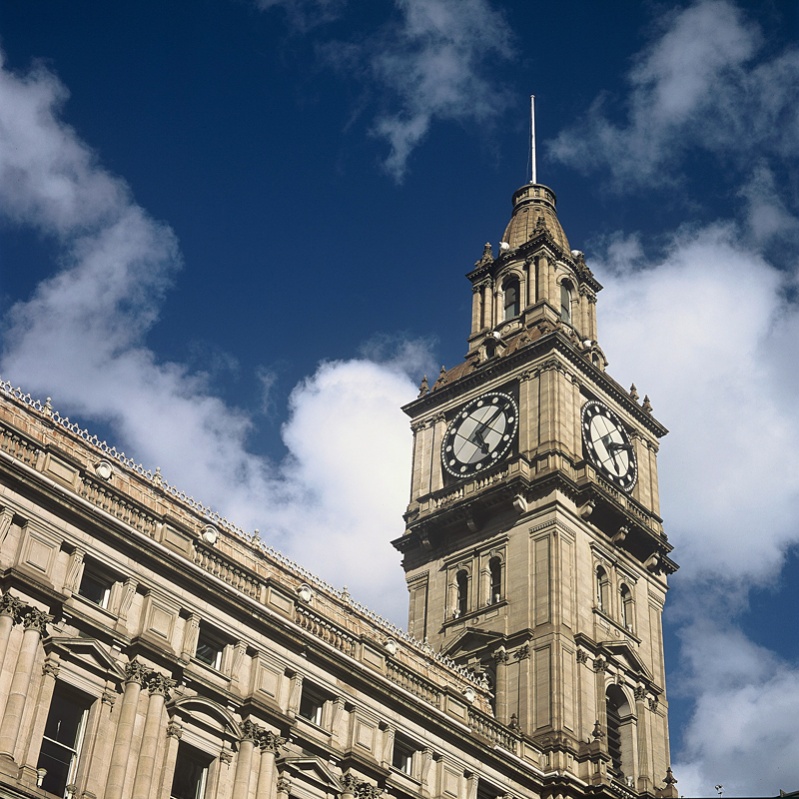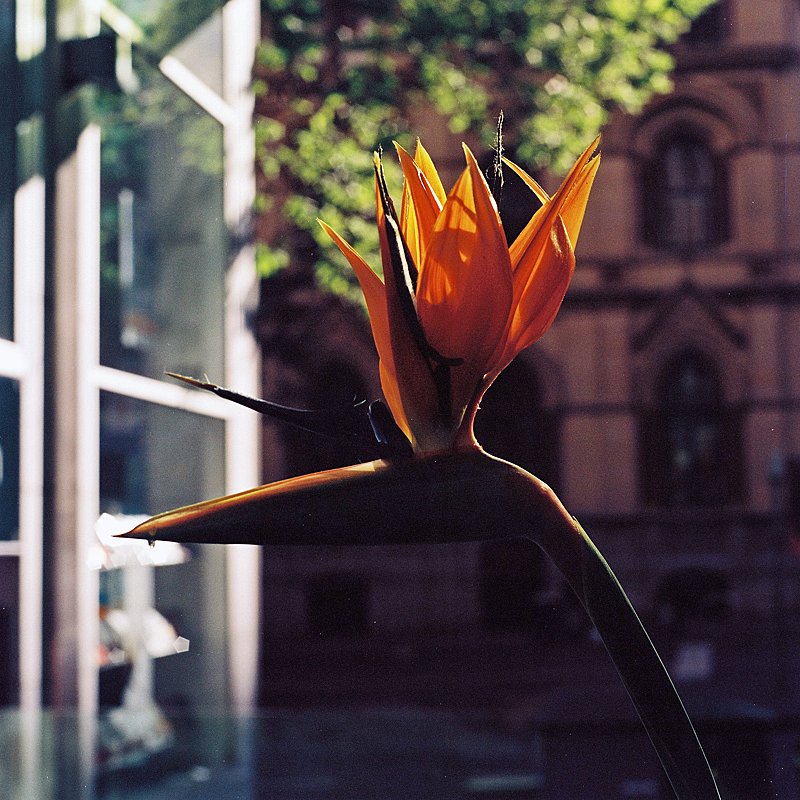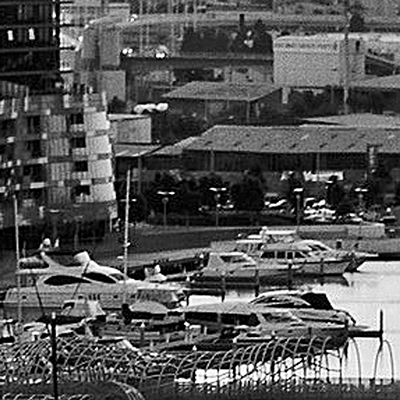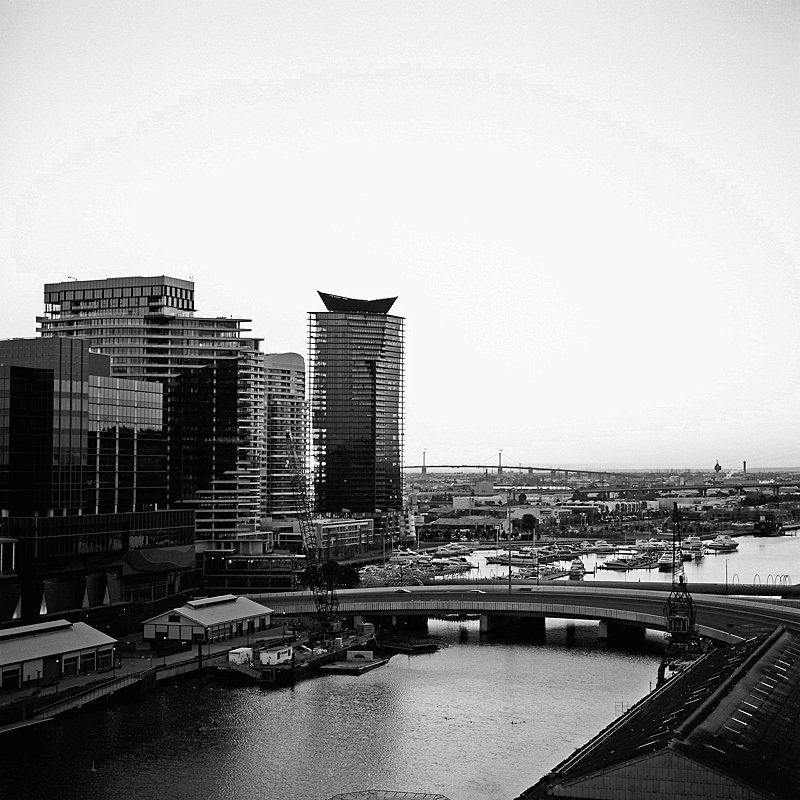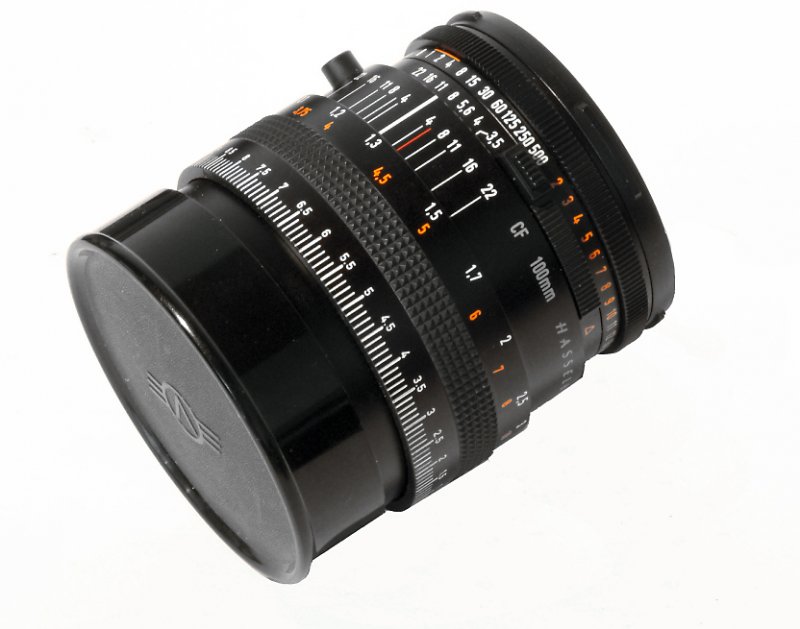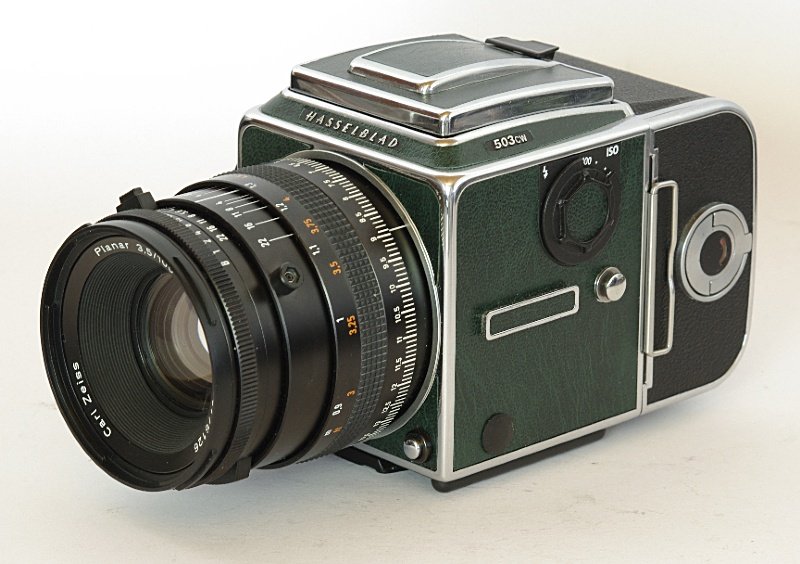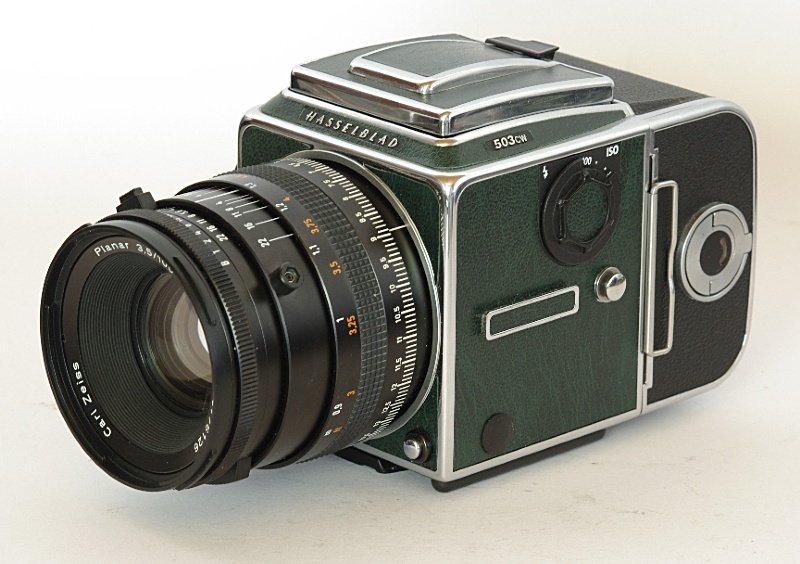simonpg
Active Member
I decided to treat myself to the legendary Planar CFi f3,5/100 since Marc was consolidating his kit and I knew that if I am to be sure of acquiring a beautiful example of this legend, it would be from Marc.
Well, 3 days later the lens was in my hands. My immediate pleasure was that Marc's rating it as "mint" condition was an understatement - more accurately it is "LIKE NEW". I could not even see a fingerprint on the lens hood or barrel! It was love at first sight!!
So, yesterday I took it for a trial run - to understand its attributes - DOF, contrast, sharpness, resistance to flare, wide open performance and tonality etc. I shot on Provia 100F so that I can see the results from the positives clearly on a light box under a loupe.
Mechanically I am very impressed by it. Having a Planar CFE f2,8/80, I'm fully familiar with the functions. But this lens is very like the Makro-Planar f4,0/120 in that the focus "gearing" is quite low - enabling super-precise focusing. I like that on a "non-average" purpose lens. What I mean is that for example the Makro-Planar, is optimised for close focusing, so such work demands very precise focusing - low gearing of the focus ring is a terrific aid to that.
In the case of the Planar 100, its remarkable distortion free and resolution characteristics makes it a lens suitable for very precise work - again low focus ring gearing is a useful aid.
While I await my slides, I can say that I noticed a couple of lovely attributes in the viewfinder. These were:
1. at mid distance point of focus, wide open at f3,5 you can see the very very pretty soft out of focus created. Despite the Hasselblad/Zeiss iris design having only 5 blades, optically I am expecting the bokeh to be sweet.
2. We all know that how we hold a camera can exaggerate optical distortion. But with this lens I found that it was very hard to get the image to distort even when tilting the camera at an extreme upward angle up the tree trunk.
3. The angle of view is beautiful. I have always liked the Planar 80 and even more so the Makro-Planar 120 for its tighter angle of view; but, I have a feeling this will be my normal lens on 1 body, with the Distagon 60mm on another body (what a treasure it is).
My trial will also include some very close focusing with a 32mm tube and some shooting into sunsets and oblique hard light.
So, from the outset, I compliment Marc on his meticulous careful treatment of his precious gear and "instant" delivery as well as his very accurate (if not understated) description of condition - providing me the opportunity to acquire a like new sample - life with the stellar Planar 100 has got off to a wonderful start.
Stay tuned for sample pictures in the coming week.
Well, 3 days later the lens was in my hands. My immediate pleasure was that Marc's rating it as "mint" condition was an understatement - more accurately it is "LIKE NEW". I could not even see a fingerprint on the lens hood or barrel! It was love at first sight!!
So, yesterday I took it for a trial run - to understand its attributes - DOF, contrast, sharpness, resistance to flare, wide open performance and tonality etc. I shot on Provia 100F so that I can see the results from the positives clearly on a light box under a loupe.
Mechanically I am very impressed by it. Having a Planar CFE f2,8/80, I'm fully familiar with the functions. But this lens is very like the Makro-Planar f4,0/120 in that the focus "gearing" is quite low - enabling super-precise focusing. I like that on a "non-average" purpose lens. What I mean is that for example the Makro-Planar, is optimised for close focusing, so such work demands very precise focusing - low gearing of the focus ring is a terrific aid to that.
In the case of the Planar 100, its remarkable distortion free and resolution characteristics makes it a lens suitable for very precise work - again low focus ring gearing is a useful aid.
While I await my slides, I can say that I noticed a couple of lovely attributes in the viewfinder. These were:
1. at mid distance point of focus, wide open at f3,5 you can see the very very pretty soft out of focus created. Despite the Hasselblad/Zeiss iris design having only 5 blades, optically I am expecting the bokeh to be sweet.
2. We all know that how we hold a camera can exaggerate optical distortion. But with this lens I found that it was very hard to get the image to distort even when tilting the camera at an extreme upward angle up the tree trunk.
3. The angle of view is beautiful. I have always liked the Planar 80 and even more so the Makro-Planar 120 for its tighter angle of view; but, I have a feeling this will be my normal lens on 1 body, with the Distagon 60mm on another body (what a treasure it is).
My trial will also include some very close focusing with a 32mm tube and some shooting into sunsets and oblique hard light.
So, from the outset, I compliment Marc on his meticulous careful treatment of his precious gear and "instant" delivery as well as his very accurate (if not understated) description of condition - providing me the opportunity to acquire a like new sample - life with the stellar Planar 100 has got off to a wonderful start.
Stay tuned for sample pictures in the coming week.





